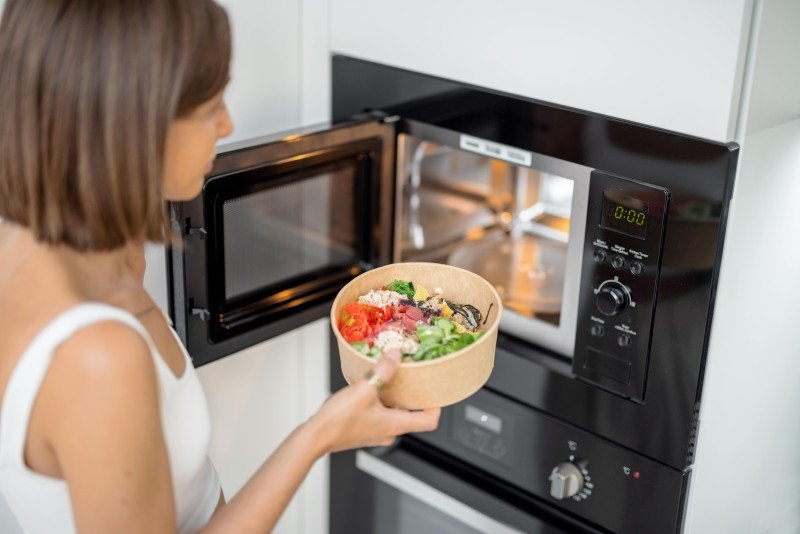12 Companies Setting The Standard In Hobs And Ovens
Understanding Hobs and Ovens: A Comprehensive Guide for Cooking Enthusiasts
The kitchen is often considered as the heart of the home, where culinary productions come to life. 2 necessary components of any kitchen are the hob and the oven. While Cheapest Fan Oven are both essential for food preparation and cooking, many house owners may not totally comprehend the distinctions, performances, and numerous types readily available in the market today. In this short article, we will check out these appliances in detail, helping you make informed decisions for your cooking requirements.
Tabulation
- What is a Hob?
- 1.1 Types of Hobs
- 1.2 Benefits of Different Hob Types
- What is an Oven?
- 2.1 Types of Ovens
- 2.2 Benefits of Different Oven Types
- Choosing the Right Hob and Oven for Your Kitchen
- Regularly Asked Questions (FAQs)
- Conclusion
What is a Hob?
A hob, typically known as a cooktop, is a cooking surface that you put cookware on to prepare food. It includes a variety of heating aspects and is frequently set up on counter tops. In contemporary kitchen areas, hobs come in different styles, technologies, and performances.
1.1 Types of Hobs
There are numerous kinds of hobs offered in the market:
Type
Description
Gas Hob
Utilizes burner for cooking, providing exact temperature level control.
Electric Hob
Operates utilizing electrical heating elements, typically seen in strong or glowing kinds.
Induction Hob
Utilizes electromagnetic fields to heat pots and pans directly, promoting energy performance.
Ceramic Hob
Features a smooth glass top, using electric coils below the surface area.
Strong Plate Hob
Standard electric hobs with exposed metal plates that warm up.
1.2 Benefits of Different Hob Types
Gas Hobs:
- Quick heating & cooling.
- Visual flame control for precise cooking.
Electric Hobs:
- Even heating; ideal for simmering and boiling.
- Easy to clean, especially flat surfaces.
Induction Hobs:
- Energy-efficient as only the pot warms up.
- Security features, such as automatic shut-off.
Ceramic Hobs:
- Attractive visual appeals with a smooth surface.
- Even surface areas for easy cleansing.
Solid Plate Hobs:
- Cost-effective and resilient.
- Helpful for standard cooking needs.
What is an Oven?
An oven is a kitchen device used for baking, roasting, and broiling food. Ovens can be standalone units or built into kitchen cabinetry, supplying different cooking methods that can improve or change active ingredients.
2.1 Types of Ovens
Comparable to hobs, there are several kinds of ovens, each with its benefits:
Type
Description
Standard Oven
Runs with heating components, perfect for baking.
Convection Oven
Uses fans to flow hot air, cooking food evenly and rapidly.
Microwave
Cooks food using electromagnetic radiation; perfect for reheating.
Steam Oven
Utilizes steam to prepare food, maintaining moisture and nutrients.
Wall Oven
Built into the wall, providing benefit and aesthetic appeal.
2.2 Benefits of Different Oven Types
Standard Ovens:
- Simple to utilize without any complex settings.
- Versatile for various cooking techniques.
Convection Ovens:
- Faster cooking times due to air circulation.
- Boosted browning and crisping for baked goods.
Microwave Ovens:
- Quick cooking or reheating of food.
- Energy-efficient for low-volume cooking.
Steam Ovens:
- Health-conscious cooking that keeps nutrients.
- Exceptional for baking bread and cooking veggies.
Wall Ovens:
- Convenient positioning; saves area.
- Less bending required to access cooking dishes.
Choosing the Right Hob and Oven for Your Kitchen
When selecting a hob and oven, aspects such as area, cooking style, and individual preferences must be considered. Here's an easy guide to help you select:
Factors to Consider
- Cooking Needs: Evaluate your cooking habits. Do you typically bake, or is stovetop cooking more widespread?
- Space Availability: Measure your readily available kitchen space. Some hobs or ovens may need more space than others.
- Fuel Type: Decide between gas and electric, based on schedule and individual choices.
- Budget plan: Determine what you're ready to invest and find choices within that variety.
Quick Tips
- Focus on Efficiency: Look for energy-efficient designs to reduce long-term expenses.
- Read Reviews: Explore user reviews to collect viewpoints on performance and dependability.
- Consult Professionals: Seek advice from kitchen design specialists when planning your layout.
Often Asked Questions (FAQs)
1. What is the difference between a hob and an oven?
A hob is a cooking surface area generally for stovetop cooking, while an oven is an enclosed area used for baking, roasting, and broiling food.
2. Can I utilize any pot on an induction hob?
No, induction hobs require magnetic cookware. Stainless-steel and cast iron pots work, but non-magnetic materials like aluminum will not.
3. How do convection ovens differ from standard ovens?
Convection ovens employ fans to circulate hot air for even cooking, whereas conventional ovens do not have this function.
4. Is it possible to have both a hob and oven as a single system?
Yes, there are range cookers that incorporate a hob and an oven within one device, providing a comprehensive cooking service.
5. How do I tidy my hob and oven?
Many hobs and ovens have actually advised cleansing methods depending upon their products. It is advisable to speak with the manufacturer's directions for the best practices.
Understanding the differences between hobs and ovens is essential for anybody looking to optimize their kitchen area or improve their cooking abilities. By understanding the numerous types, their advantages, and how to pick the ideal ones for your requirements, cooking can become a more enjoyable and efficient experience. Whether you are a knowledgeable chef or a beginner cook, the right combination of hob and oven can elevate your cooking developments to brand-new heights.
